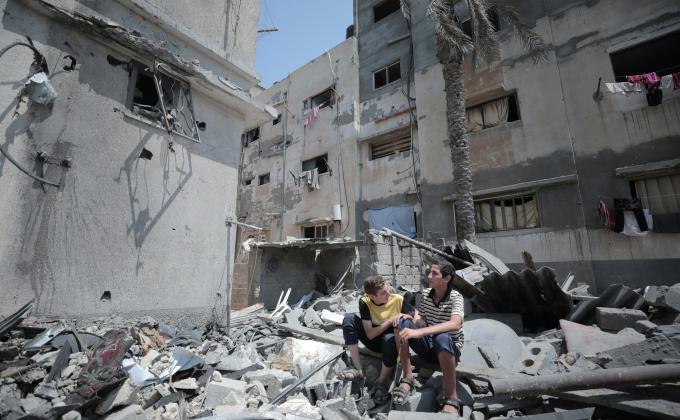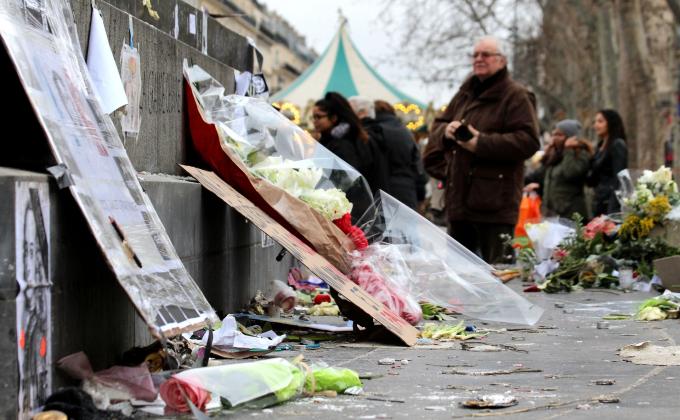As the military defeat of IS in the Levant is becoming a more tangible reality and the number of foreign fighters returning to their countries of origin is surpassing that of those leaving, governments are faced with the question of what to do with potentially dangerous returned and returning foreign fighters. Several articles, including ones penned by David Wells and Phil Gurski, have explored the option of granting amnesty to those returning. Such a plea-bargaining deal (or what the authors sometimes interchangeably and mistakenly refer to as “amnesty”), the argument in favour goes, would serve the purpose of “reliably incarcerating returned foreign fighters, reducing the short-term threat that they pose”.
There is much to be said about rethinking our approach to tackling the phenomenon of returning foreign fighters, and to look for pragmatic solutions to the threat both from home and abroad. However, there are myriad practical reasons why such a scheme is not the answer to such a quest. To name just four:
- Why would individuals buy into a plea-bargain scheme, especially considering that evidence and therefore a conviction is notoriously difficult to achieve? Why would fully radicalised individuals strike a deal with a (legal) system they fundamentally reject? If there is anything to learn from experiences of voluntary de-radicalisation or exit centres in the context of foreign fighters, the uptake by individuals is low.
- What would such a scheme mean for individuals in conflict zones – how would they return to their home countries through current large-scale, international military operations against so-called Islamic State strongholds, through “enemy lines” and across borders? If a person manages to indicate from abroad that s/he would like to take advantage of the plea-bargain deal, it is in the current context of Syria and Iraq extremely unlikely (and perhaps even undesirable) that governments could facilitate their return, given legal, moral and practical obstacles.
- Not least due to United Nations Security Council Resolution 2178, states have criminalised foreign fighter-related acts and increasingly included in their prosecutorial repertoire preparatory and supporting crimes, often with minimum sentences and frequently handing out lengthy and harsh punishments, at times even explicitly to “send a message” to would-be foreign fighters. Settling for shorter sentences during plea-bargaining procedures is in contradiction with the increased criminalisation of terrorism-related offences.
- The concept of plea-bargaining is available in some jurisdictions such as the US, but cannot easily be applied in other jurisdictions where the involvement of a judge is necessary for any determination of guilt and subsequent sentencing considerations. And even if a plea-bargaining type approach is possible, what crimes would such a provision be applicable to and under what circumstances? To introduce such a concept would require careful and lengthy considerations, rather than being a pragmatic “quick fix”.
And there is an additional factor to be taken into account before applying a plea-bargaining scheme to returning foreign fighters. Empirical research as well as a wealth of anecdotal evidence over the past 4+ years of the foreign fighter phenomenon in Syria and Iraq (but also elsewhere and well before the post-2012 wave of foreign fighter travel) has made clear that the motivations of individuals for travelling abroad:
(a) differ from person to person;
(b) have changed over the course of the conflict (in the early months of the civil war, humanitarian reasons were the main reasons, but with increased propaganda and the proclamation of the caliphate, motivations arguably became more extreme); and
(c) do not stay linear for individuals from the time of departure, to their stay in the conflict zone and upon return (some become disillusioned; others more radicalised).
Any approach to dealing with this phenomenon needs to take these factors into account: A battle-hardened fighter who committed heinous (international) crimes cannot be treated the same as a child who was taken to the conflict by their parents; a returned disillusioned individual needs a different approach than someone having planned an attack. Therefore a “blanket” plea-bargain scheme available to all returning foreign fighters is not only an unpopular and difficult-to-attain approach in the eye of public opinion as both Wells and Gurski emphasise, but also an undesirable, ineffective and unsafe tactic.
Instead, an individualised approach and thorough assessments of the security risk as well as the level and nature of involvement in violent extremism needs to be made. For example, diversion programmes may be a valuable option especially for juveniles who in many jurisdictions are to receive some level of rehabilitative measures instead of judicial proceedings. In other cases, a telling example is that of US District Judge Michael Davis who requested the German Institute of Radicalization and De-radicalization Studies to conduct an assessment of level of radicalisation and possibility for intervention, before sentencing individuals who had attempted to travel to Syria/Iraq. Here, linking rehabilitation or reintegration during early stages of the criminal justice proceedings is an area often overlooked.
Most importantly, however, any measure should be focussed not only on containing the immediate security risk but should be aimed at long-term outcomes. The concept of “amnesty” evokes, or at least should evoke, thoughts of “DDR” – disarmament, demobilisation and reintegration, or, to very loosely equate the concept with CVE terms: Disengagement, De-radicalisation and Reintegration. A process focussed on tackling the foreign fighters phenomenon needs to take these aspects into account: changing the behaviour and thinking of foreign fighters and supporting their successful reintegration into society.
Not everyone can be rehabilitated but the past years of programmes run by governments, NGOs and involved communities have shown promising signs. Given the dangers, the phenomenon of prison radicalisation and the fact that we are likely faced with returning foreign fighters for years to come, we have no choice but to aim for long-term solutions. And with Wells, Gurski and others’ (over-)emphasis on “counter-narratives”: how much stronger is the story of a rehabilitated terrorist compared to someone who just decided to accept a plea deal?








